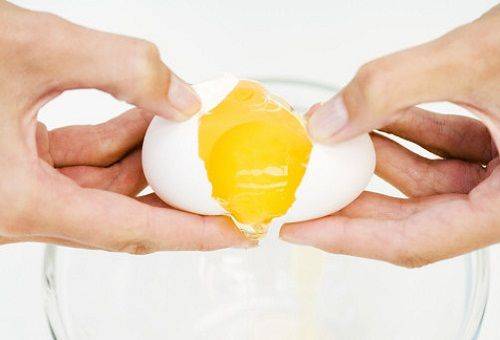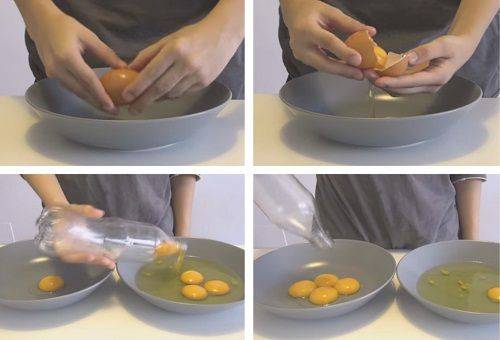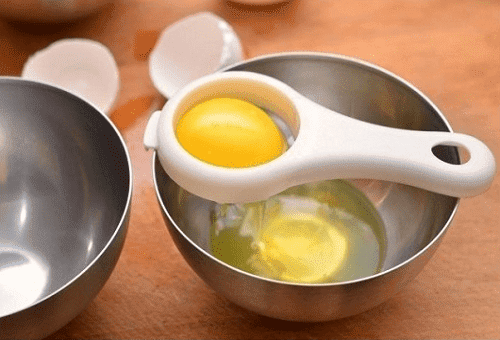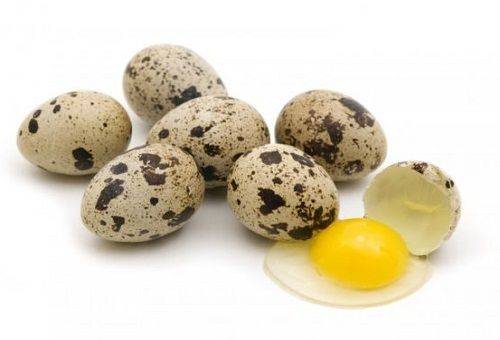How to quickly and efficiently separate the yolk from the white of chicken and quail eggs?
If the recipe requires not whole eggs, but only certain parts of them, the housewife is faced with the question of how to separate the yolk from the white without damaging the components. There are several effective methods, they all guarantee quick results, and the choice depends only on personal preferences. Regardless of the approach, the ingredient must first be prepared.
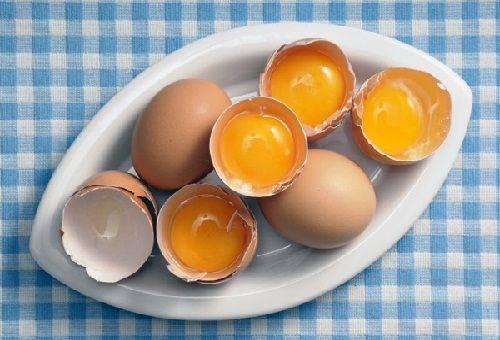
Only fresh eggs are suitable for dividing into parts; their components easily separate from each other, preventing the slightest mixing. The selected products should be kept in the refrigerator for at least a quarter of an hour, placed on a plate. After this, they need to be quickly washed in cool water, dried and separated.
How to separate the yolk from the white using traditional methods without additional tools?
Despite the advent of special devices, many housewives today still prefer to use their hands exclusively. This is quite fast, and if the manipulation is carried out correctly, then the risk of mixing the contents is minimal.
- Simply break the eggs one by one and carefully place their contents into a bowl. From it we catch the yolks with our fingers, which we transfer to another container. When doing this, it is recommended to wear gloves made of very thin rubber, then the yolk film will definitely not tear.
- Egg yolk can be extracted even easier. We break the egg not into a bowl, but into your hand, remove the shell.We hold our hand over a clean container and unclench our fingers so that the white drains and the yolk remains in the palm.
- If the eggs are homemade and very fresh, then carefully break the shell so that the break runs clearly along the central part of the product. Holding the object vertically, we divide the shell into two halves (we carry out the procedure over a clean container), wait until the bulk of the protein drains. Then we pour the contents from one half to the other several times, getting rid of the remaining protein substance.
If you need to prepare a large amount of whites at once, and the fate of the egg yolks is not so important, then it is recommended to freeze the eggs. To do this, just keep them in the freezer for 2-3 hours. An hour before the cooking process, take the eggs out of the freezer, peel them and place them in a wide bowl. We keep it at room temperature for about an hour until all the whites have melted and taken on their usual appearance. We collect the yolks; they can be used to make sandwiches without any heat treatment.
How can you separate the yolk from the white using a plastic bottle or other available devices?
It is equally easy and simple to achieve the desired result using tools that can be found in any kitchen. Here are the most popular and accessible methods:
- Separating yolks with a bottle. Break the egg and place it on a flat plate. We take a previously washed and dried plastic bottle, press on its sides, releasing a little air, and hold it. We bring the neck as close as possible to the surface of the yolk and release the sides. The egg yolk will be easily absorbed into the container, after which it will simply need to be poured into another container.
- Using a funnel. It is permissible to use a ready-made plastic funnel, but only if there are no sharp edges or irregularities on its inner surface. But it’s still better to use a device made from paper or thin cardboard with your own hands. We twist the sheet like a funnel, lower its narrow part into a glass, break an egg into the device and wait until all the whites drain and the yolk remains.
- Using a spoon. Eggs with yolks in a thick film are poured into a glass, after which they are taken out with a spoon. The method is fast, but the risk of mixing the components is still quite high.
Tip: All tools should be rinsed in cold water and dried before use. This will prevent not only contamination of the component, but also the initiation of chemical reactions that lead to spoilage of the product (for example, protein folding).
Small chicken eggs tend to sag at the slightest mechanical impact, so when working with such products you should try the option of making holes. We take the egg, hold it vertically, use a needle or the sharp tip of a knife to make a small hole in the shell at the upper pole. Over a clean bowl, turn the product over and make a smaller hole in the other pole. We wait until all the whites have leaked out, break the shell and lay out the whole yolk.
Is it possible to separate the yolks from the whites of quail eggs and how to do it correctly?
The listed methods are not suitable if you need to separate quail eggs. Even when working with gloved hands, the risk of damaging the thin film that holds the yolk is too high. Instead, you can try one of the following approaches:
- Olive spoon. The easiest way is to crack the eggs into a small container and then scoop them out using a miniature spoon. There is a hole in the center of the device through which the remaining protein will flow out. If you have the appropriate skills, you can initially break the egg onto a spoon, this guarantees the most accurate result.
- Spoon with strainer or sieve. Break a tiny egg onto a mesh surface. If the product is fresh, then the protein should easily flow through the holes. If the eggs are slightly stale and the white does not drain, then you need to lightly roll the product over the surface so that the protein mass saturates the holes. After this, remove the yolk and collect the white by blowing through the holes or rubbing them with your finger.
- Syringe. When you just need to collect the yolk and it doesn’t matter what condition it is in, you can use a syringe without a needle. We simply collect the yolk with it, and then pour it into another container.
Possession of such simple skills will allow you to easily separate eggs into their components and use the components for their intended purpose. If the substances are tightly stuck together and do not let go of each other, then it is better to throw away the component. Such consequences are typical for a stale product or violation of its storage conditions.
